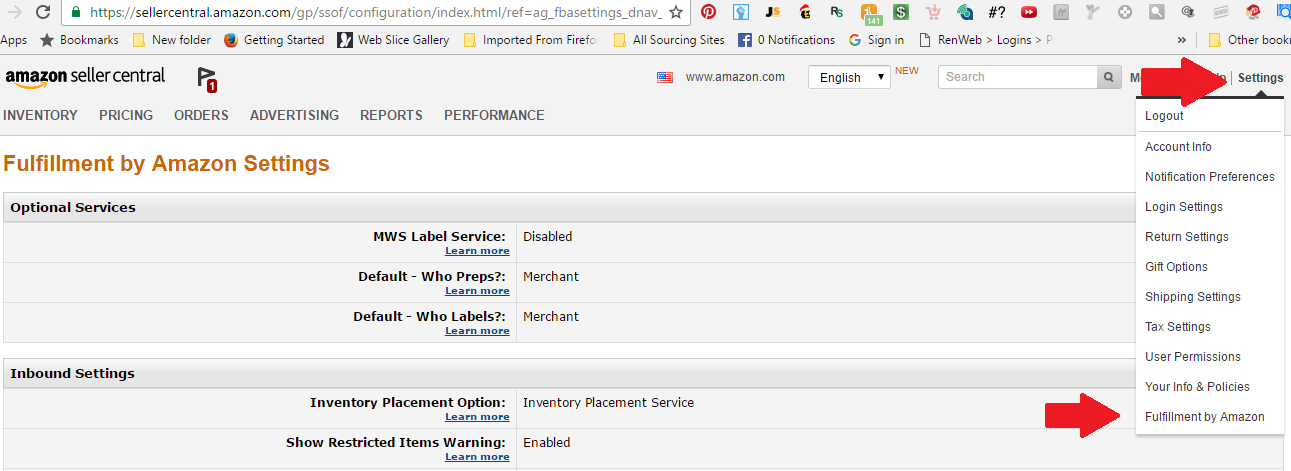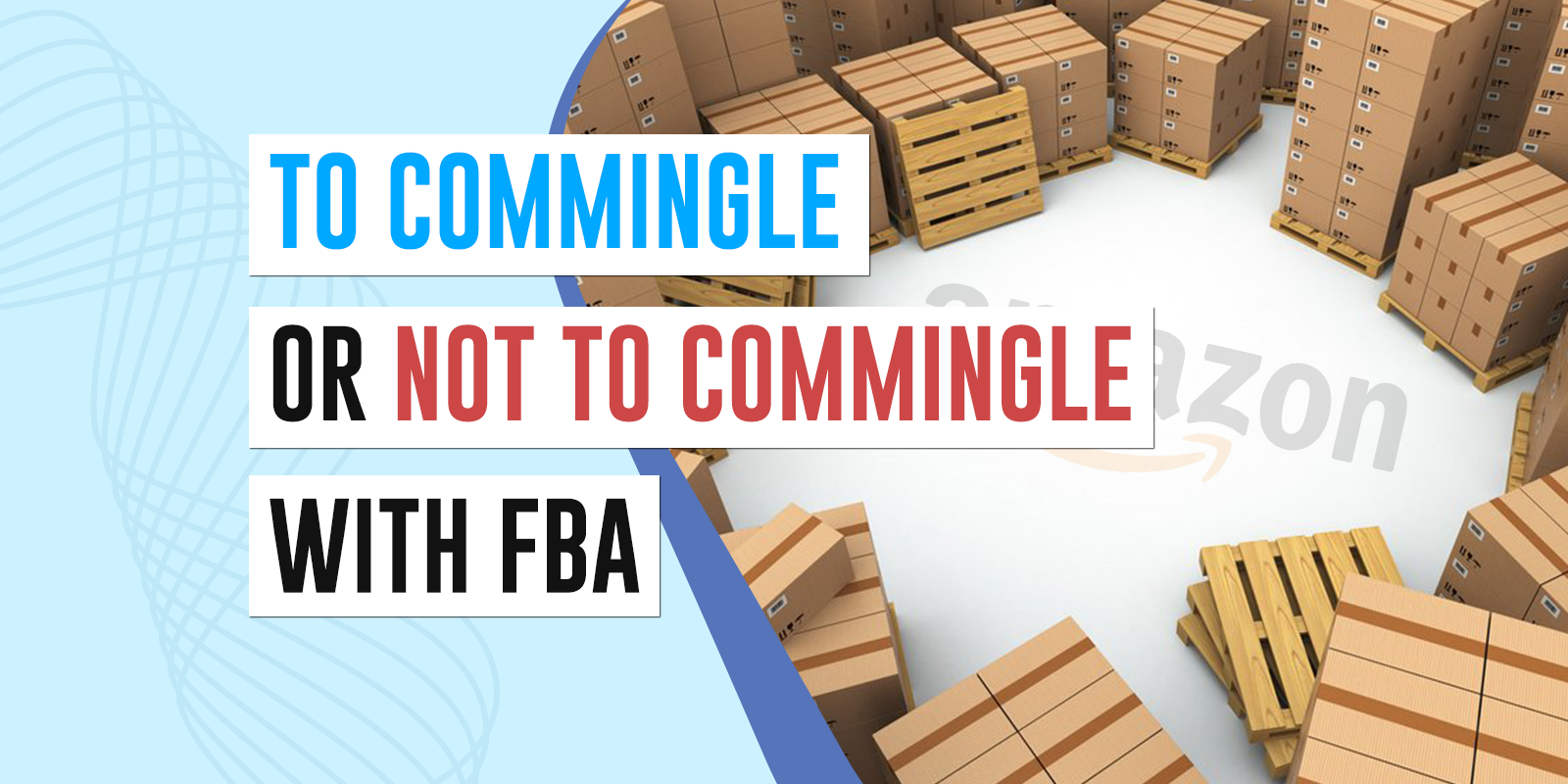One of the biggest benefits of selling on Amazon is the ability to send inventory in to Amazon’s warehouses and have them fulfill orders for you, not to mention handling the returns and customer inquiries.
WHAT IS COMMINGLING?
When sending in inventory, one decision that sellers must make is whether to commingle or not.
Commingling simply means that you do not place your label on the products when prepping a shipment; instead Amazon scans the UPC code to identify the item when they receive it. When someone buys your item, that customer may get one that you sent in, or Amazon may send one that is closer to the shipping address. If your items are all stored in the Midwest and a customer from California orders from you, Amazon may fulfill from another seller’s inventory in a Phoenix warehouse to get the item to the customer faster.
PROS AND CONS OF COMMINGLING
The main benefits of commingling are saving time and money.
Aside from not needing to buy labels, commingling allows you (or whomever is prepping for you) to prep orders much faster since every single item doesn’t need to be labeled. If you process 1000 items per week, saving even 10 seconds per item can add up. Not labeling items would save you almost 3 hours. If you are paying a prep service or a local prep person this will likely save you around $30/week. If you are paying Amazon to label for you, the savings will be much greater.
The main negative of commingling is increased risk.
When you commingle, customers can get an item from any number of other sellers of the same product. You have no idea how each of these sellers runs his or her business, so your customer could get a used item or an item that is not authentic instead of your new, authentic item. Other sellers may also ignore box condition, which may bot be a big deal on some items, but for anything that is likely to be a gift or is a collectible, box condition matters to your customers.
WHAT ITEMS CAN’T BE COMMINGLED?
Amazon barcodes are required for all products that are not tracked using manufacturer barcodes, products that are expiration-dated, as well as consumable and topical products such as skin creams, shampoos, and cosmetics.
It is our experience that media items, including books, are not able to be commingled either since they can be sold as used, but they are not explicitly mentioned in the Amazon guidelines.
WHAT SHOULD YOU DO?
We can’t tell you what’s best for you or your business, but we commingle as much as we can. We didn’t at first, but we heard from other much bigger sellers that they were doing it without any problems. We have been commingling for years now, and while we do get an occasional negative feedback due (in our opinion) to commingling, we have had 100% success getting these removed by arguing that the customer must have received another seller’s item, since we send in only pristine, brand new items.
If you deal with items that are highly counterfeited, I would recommend against commingling. If you have a low risk tolerance, I would recommend against commingling. You can turn commingling on and off as needed, so there’s no need to commingle everything, but even commingling half of your inventory can save you a lot of time and money.
You can turn commingling settings on or off from within your Seller Central settings by going HERE (you will have to log in to your account). Here are some screenshots to show you where to make the changes:
From Seller Central, click on Settings and then Fulfillment by Amazon

Scroll down to FBA Barcode Preferences and see your current settings. You can click the edit button to make changes.

After making any changes, remember to click Update.

Product preparation and labeling is one task that can be outsourced. To view a list of companies that can do this for you, click HERE.

